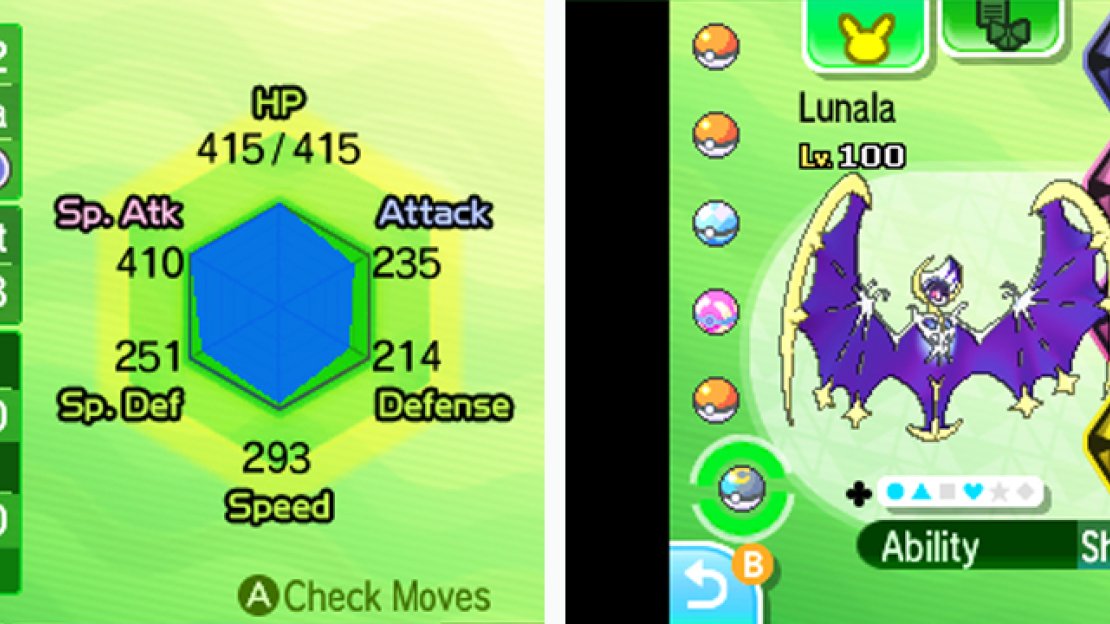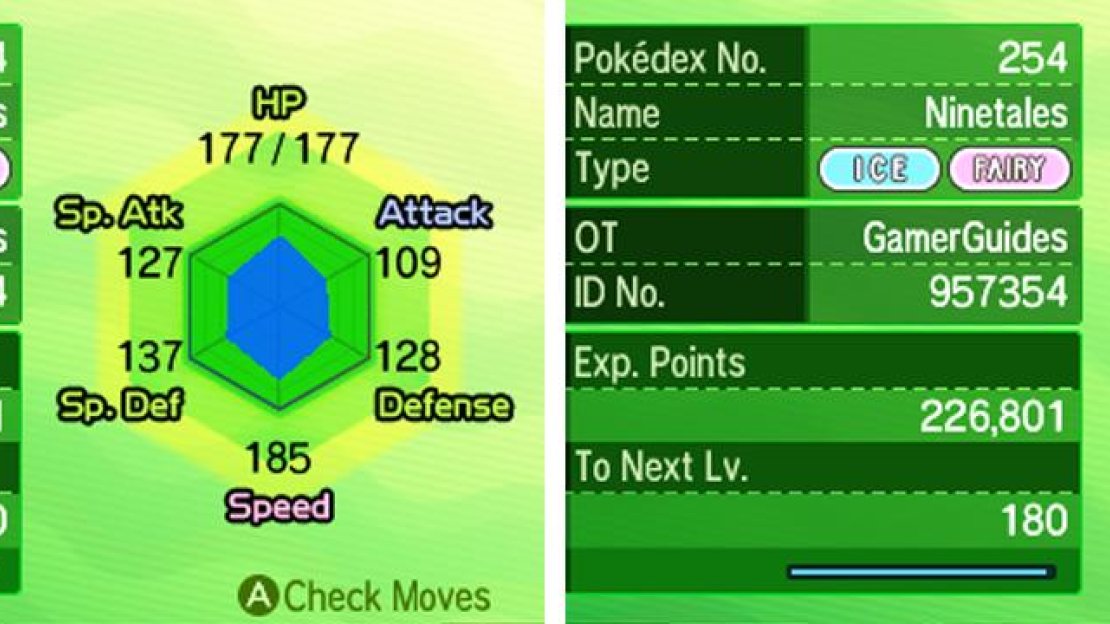At the heart of it, Pokemon is all about the numbers.
One thing you may have wondered is what determines the numerical value of each stat. As in what you see on the Pokemon’s summary screen. Like many things in Pokemon, it looks straightforward on the surface, but there’s actually a lot of hidden depth–and we mean a lot, lot.
Before we get into the gritty maths, let’s go over the obvious facts.
Pokemon that are higher level have higher stats–that should be obvious, right? Next, some Pokemon species have better or worse stats than other Pokemon species. This is most obvious when comparing, say, an unevolved and evolved Pokemon–the evolved one will have better stats by far.
What isn’t obvious is that there are some hidden factors involved–and one not so hidden one.
We’ll start with the not-so-hidden one: Nature . A Pokemon’s Nature can boost one of their stats by 10% and decrease another stat by 10%. You can find more details in the following pages.
As for the hidden factors… Unless you purposely try to fix it, each individual Pokemon will have slightly different stats. So two  Pikachus at the same level, with the same Nature, can have slightly different stats.
Pikachus at the same level, with the same Nature, can have slightly different stats.
Finally, Pokemon that are trained have better stats than brand new Pokemon you’ve caught.
Putting all this information together, the formulae to calculate a Pokemon’s stats is as follows:
(IVs and EVs will be discussed in the following pages.)
Naturally, you’re never expected to recite these formulae by heart–heck, you’re not actually supposed to know of them. Understanding them isn’t quite that tricky, however, and for the mathematically inclined, there’s a lot of information that can gleamed.
The other thing to note is that Pokemon do not gain stats when they level up, in the traditional sense anyway. This can be confusing at first, especially when you see the +1, +2, +3, etc. next to a stat when a Pokemon level ups. You can actually figure it out from the formula.
When a Pokemon levels up, their stats are simply scaled to their new level. The “stat gains” you see are simply the difference in scaling from the previous level going to the new level. Now what exactly is the difference you might be asking?
Well, for one, this explains what happens when you enter a battle where all Pokemon above Level 50 are set to Level 50. It’s not that your Pokemon has lost any stats, but their stats have literally been scaled down from whatever level to Level 50.
The Hexagonal Chart¶
The hidden stat display is geared towards hardcore Pokemon trainers.
We’re not going to lie, Sun and Moon’s way of displaying stats in a graphical form is a bit… confusing.
By default, the blue shape represents your Pokemon’s numerical stats as you see displayed around the outer edges. So the closer the shape is to the edge, the better that stat. By the way, the biggest value that the chart can track is 300, although it’s possible to exceed this number.
Press the Y button and the stat display will switch to an “advanced” form. The yellow shape in the middle represents the the Pokemon’s species’s stats . Meanwhile the shape around it represents your Pokemon’s Effort Values (EVs ).
If the outer shape is orange in colour, it means your Pokemon can still gain EVs. However, if it’s cyan, it means the Pokemon has reached its full capacity. Also, if a stat is shimmering, that means the maximum amount of EVs has been invested into it.
Now both stat displays tell a similar story, but you should be mindful of the differences. The default display with the single blue shape shows your Pokemon’s stats as influenced by their Level, species’s stats, IVs, EVs and Nature. Whereas the “advanced” display only shows two of those things.



No Comments